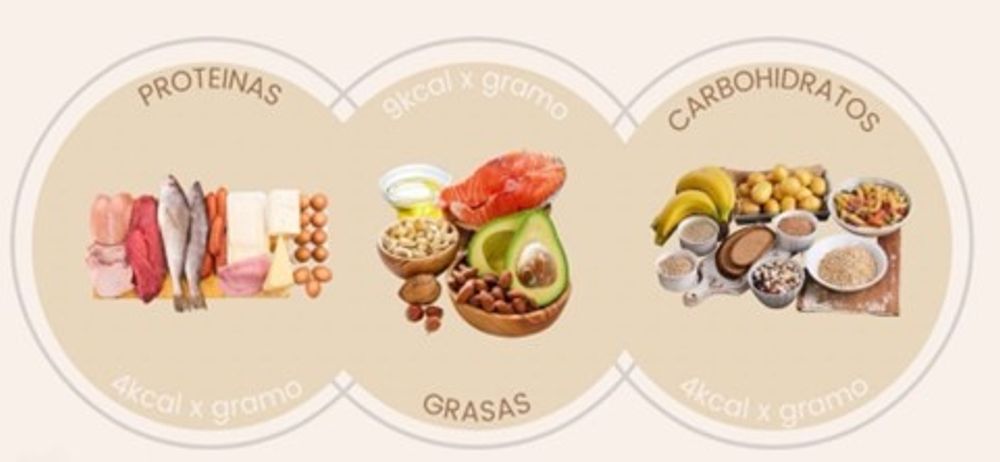
Macronutrients: What They Are, Types, and How They Influence Athletic Performance
Learn all about macronutrients: their roles, types, and the importance of nutrient timing for sports performance. Read our complete guide for athletes.

Although calisthenics is a very complete sport, there are certain forgotten muscles that, if not trained properly, can lead to decompensation and posture problems, or even injuries. In this article, you will find a detailed analysis of the five muscles that tend to be decompensated; the reasons for this decompensation; and how to work to solve it.
In calisthenics, the shoulder flexion movement (anterior shoulder), and the shoulder extension movement (posterior shoulder) are very common movements. However, to target the lateral deltoid it is necessary to perform the shoulder abduction movement that is not very common in calisthenics.
In addition, this muscle is one of the most aesthetically important: having a larger lateral shoulder makes the upper part of the torso appear wider. In calisthenics, there are few exercises that directly target that side of the shoulder and we are going to see how they can be incorporated into your workouts.
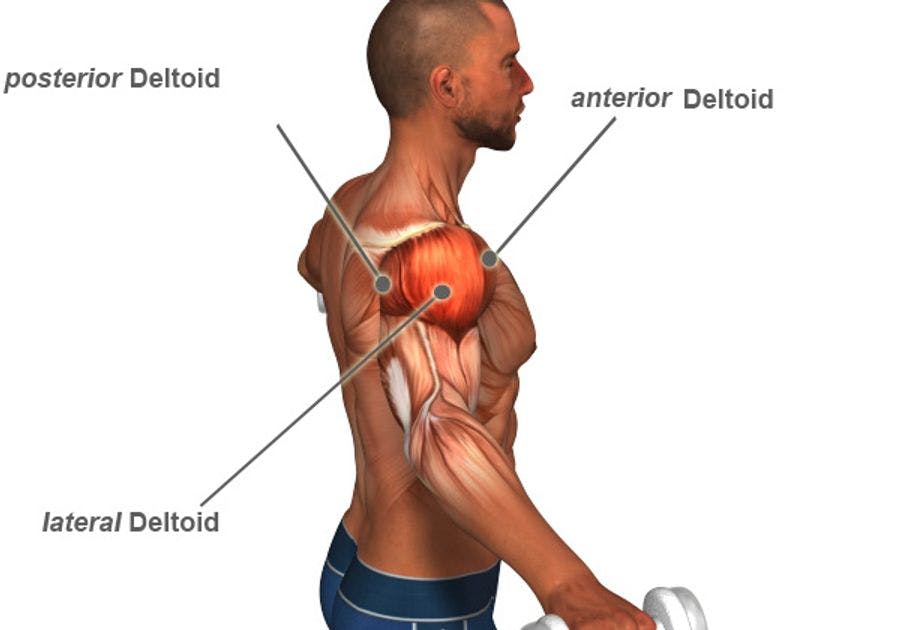
EXERCISES TO TARGET THE LATERAL DELTOID
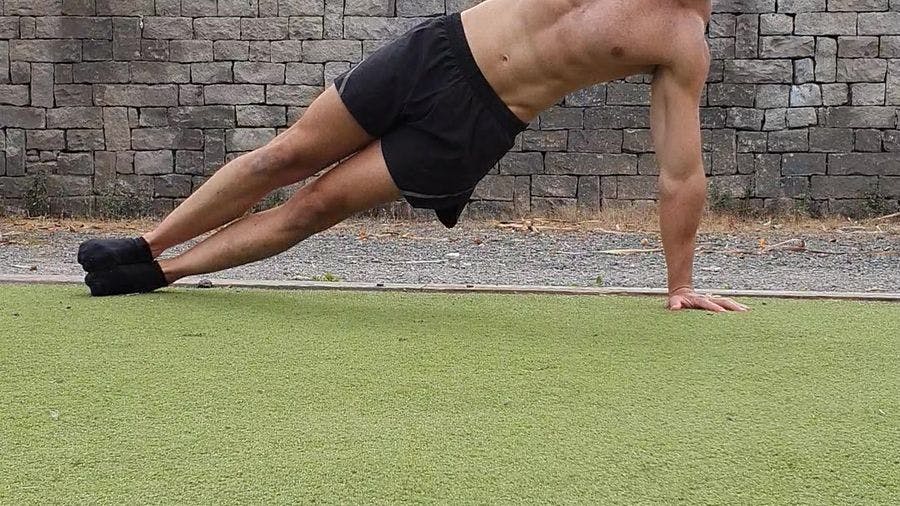
We can also target the lateral deltoid with more advanced exercises such as the human flag progressions. We will use resistance bands in order to target more specifically this lateral part of the shoulder without involving other muscles.
Lateral raises with resistance bands:
It is important that we do not raise our shoulders when doing this exercise because we would give an extra load to the upper part of the trapezius, which is one of the muscles that we have the most overloaded.
Calisthenics athletes generally have relatively strong forearms, but not strong enough. This can cause us problems in situations in which we need to use our maximum strength capacity. For example, when doing deadlifts in the gym; or even when carrying something very heavy in our everyday lives.
FOREARMS EXERCISES
Dead hang:
In calisthenics, one of the ways to specifically target the forearms is to hang from the bar(dead hang). Therefore, the specific exercise would be to hang in dead hang using your thumbs for as long as possible, and if you want to increase the difficulty, you can use a thicker bar if you have it available.
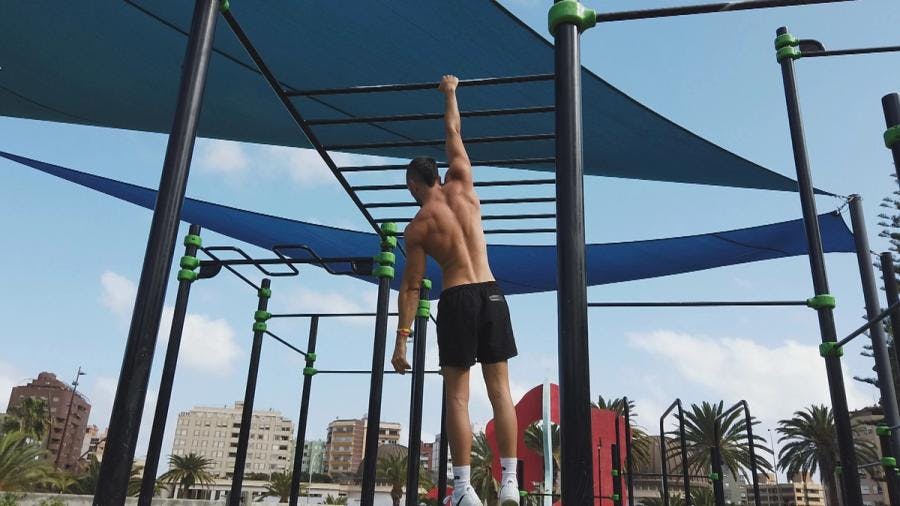
Forearm press (in order of difficulty: from the easiest to the most complex)
The serratus anterior is a very important muscle, not only aesthetically, but also to have an advanced level in calisthenics. The serratus is responsible for scapular elevation and protraction
EXERCISES TO TARGET THE SERRATUS ANTERIOR
The serratus is most active in exercises that need you to get your arms over 90º above your shoulders. For example in handstand push ups and its variations.
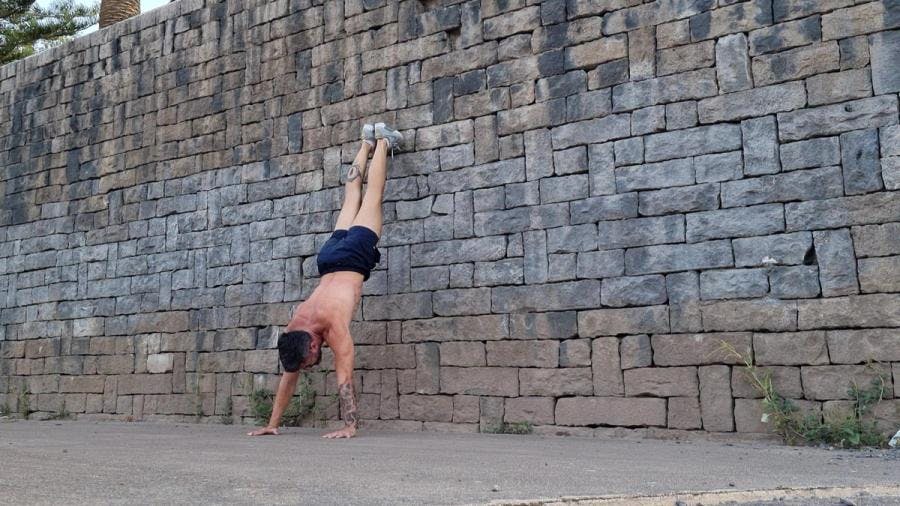
In calisthenics, there are many exercises with an internal rotation and in order to compensate this internal rotation we have to work on external rotation and one of the main muscles that gives us this external rotation is the mid-lower trapezius.
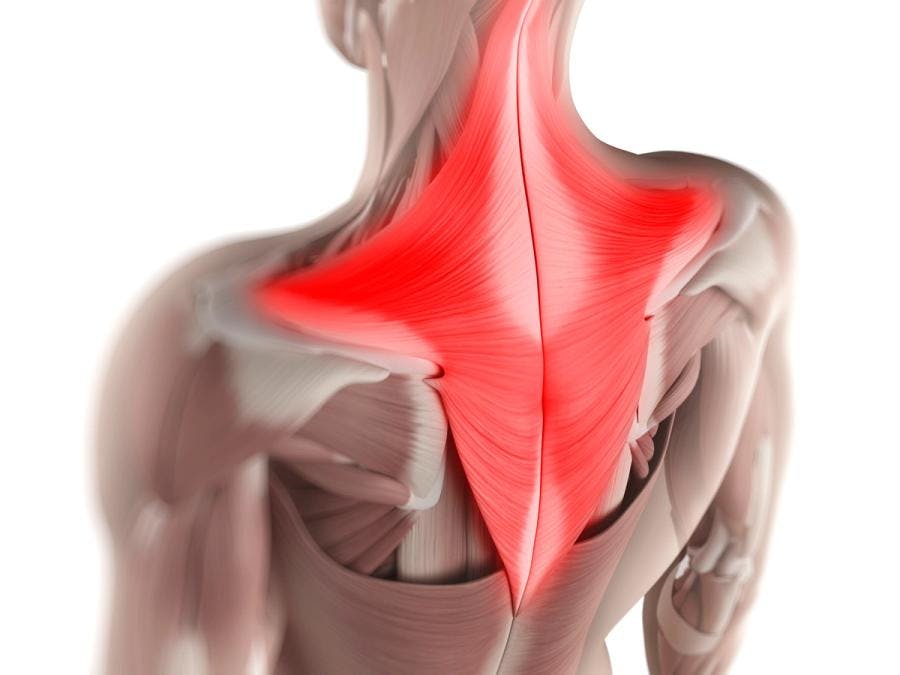
EXERCISES TO TARGET THE MIDDLE - LOWER TRAPEZIUS
Australian pull ups
The Australian pull-ups is one of the few exercises that targets the lower mid-trapezius and it is an exercise that beginners usually do when they cannot do many pull-ups. For this reason, when we are beginners we tend to have it more compensated, and as we move forward, we stop working on it.
We will see how to target this muscle to compensate it and to avoid that internal rotation. The way to work the mid-lower trapezius is with a horizontal pull (not vertical, which would be pull-ups). Therefore, one of the main exercises could be the Australian pull-ups. However, it is advisable to do them with the knees bent because if we leave them straight it is more likely that the shoulder will rise and thus we would also be working the upper trapezius which, as we mentioned before, we are not interested in working.

How to target the mid-lower trapezius with resistance bands
To reinforce the external rotation we can do an external rotation exercise with a resistance band that is not specific for the middle-lower trapezius, but it is specific for the external rotators and it is very useful in order to have a good posture and to avoid injuries.
Calisthenics athletes often have decompensation problems in the legs, since calisthenics leg exercises target the quadriceps, the glutes, and even the calves, but no so much the femoral. For this reason, down below, we will see how to target specifically the femoral.

As you have seen, most of this compensation work is usually done with external elements (weights, resistance bands, etc.). This is mainly because these muscles are unbalanced, they are difficult to target just with the bars and, therefore, we need to add those external elements to target them more specifically. However, this does not mean that they are impossible to target with the bars, but they are usually not worked as much. For this reason, Calisteniapp offers you free specific routines to target these five forgotten muscles, such as the mejora de la postura routine. Moreover, the Smart Progress section of Smart Progress de Mejora de Postura offers you the possibility to work this decompensation in such a way that the routine readjusts as you progress.
Written by Johanna Suárez Hernández

Yerai Alonso
Cofundador de Calisteniapp, referente en calistenia y el street workout en Español. Con más de una década de experiencia, es creador de uno de los canales de YouTube más influyentes del sector. Autor del libro La calle es tu gimnasio, campeón de Canarias y jurado en competiciones nacionales e internacionales.
Join our newsletter
Learn everything you need to know about calisthenics

Learn all about macronutrients: their roles, types, and the importance of nutrient timing for sports performance. Read our complete guide for athletes.
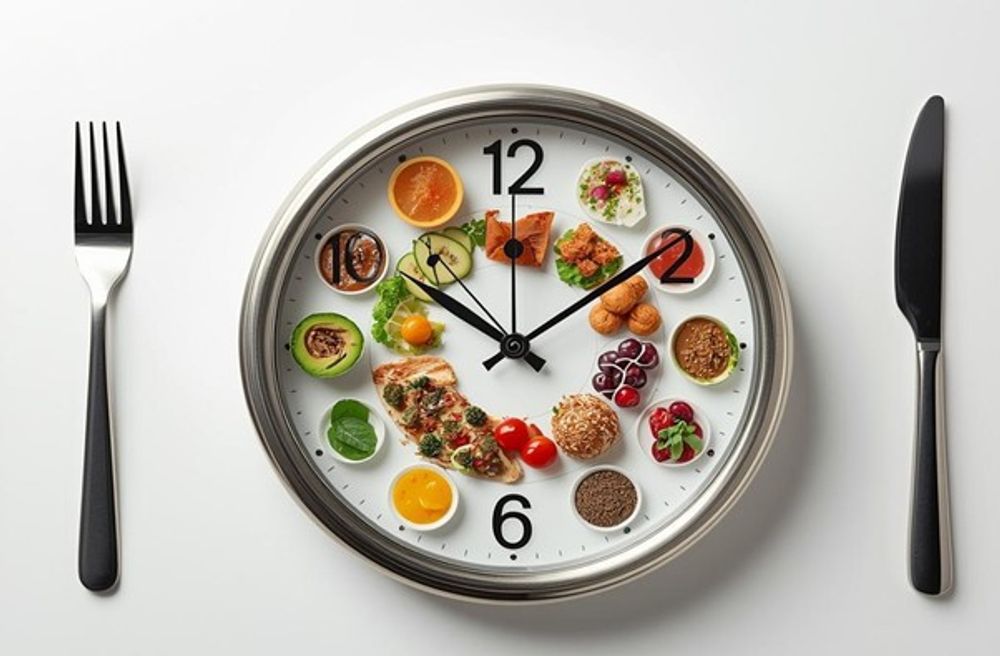
Not sure what to eat before training calisthenics? In this article, we explain the ideal pre-workout nutrition based on your specific type of training session.
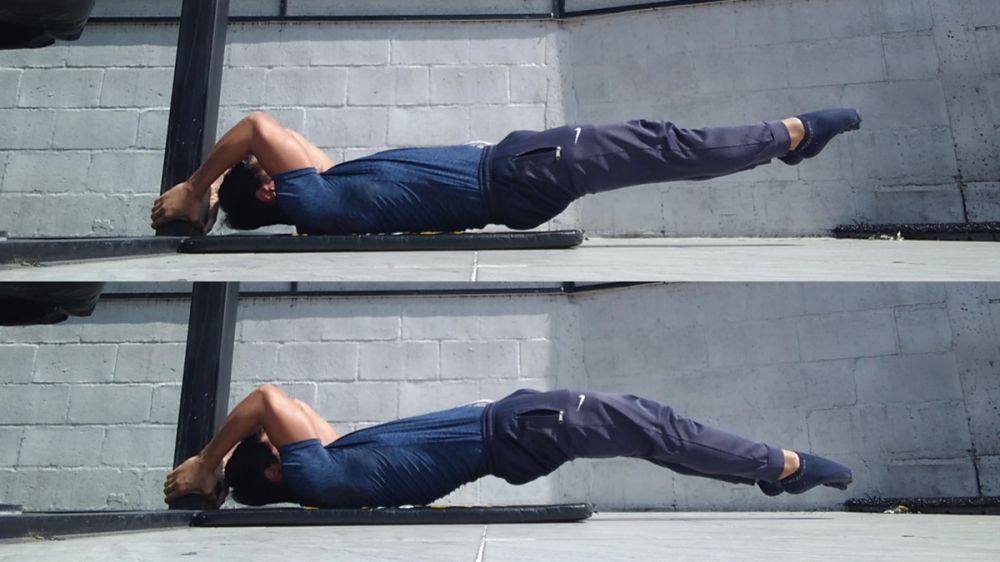
If you want to know everything about how to make dragon flags, here's a complete guide geared towards real progressions.
